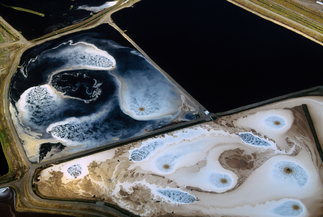 Pulp & Paper Lagoon System
Pulp & Paper Lagoon System Most paper mill lagoons in the US contain earthen basins for water retention and high speed surface aerators to providing for oxygen used by the microbes. Biological solids are removed in polishing ponds which require periodic dredging of sludge to maintain volume.
While the high speed aerators are efficient in adding dissolved oxygen - approximately 2 lb O2/hp/hr. They are less efficient in mixing and result in sludge buildup just outside the zone of influence. As sludge builds, wastewater treatment volume is reduced and short-circuiting of flows becomes an issue. In ares with electric lines and aerators, the mill cannot easily dredge the solids so occasional aerators are moved to help prevent excessive sludge buildup.
While I am not involved with the mill's upgrade proces, I would usually start my optimization process with the following steps.
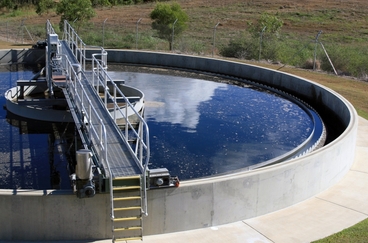
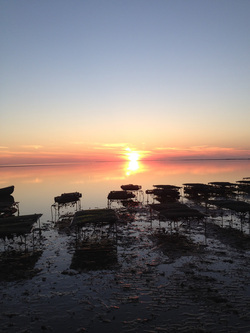
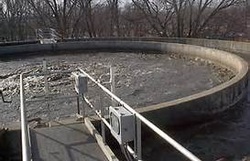
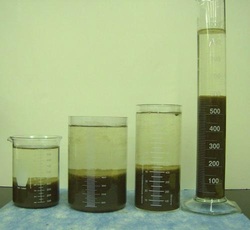
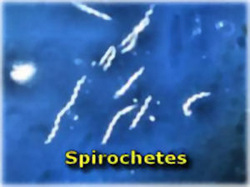

 RSS Feed
RSS Feed